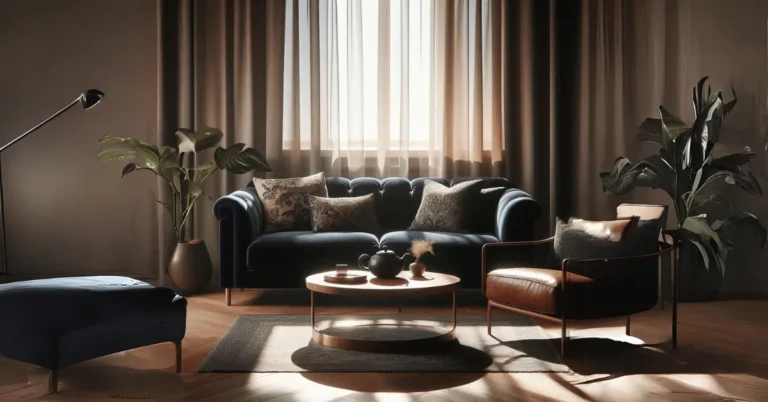How to Organize Your Books Without a Bookshelf?
Are you a book lover with limited space and no bookshelf? Don’t worry, you can still keep your beloved books organized and easily accessible.
In this article, we will explore some creative and practical ways to organize your books without a traditional bookshelf.
How to organize your books without a bookshelf?
Having a book collection is a wonderful thing, but sometimes finding the perfect bookshelf to store them all can be a challenge.
Whether you’re short on space or simply prefer a more creative approach to organizing your books, there are plenty of alternatives to traditional bookshelves.
1. Utilize Floating Shelves
Floating shelves are a versatile and stylish option for displaying your books. These shelves can be mounted on the wall, creating a visually appealing display while also saving space.
Arrange your books by genre, author, or color to create an organized and visually pleasing arrangement.
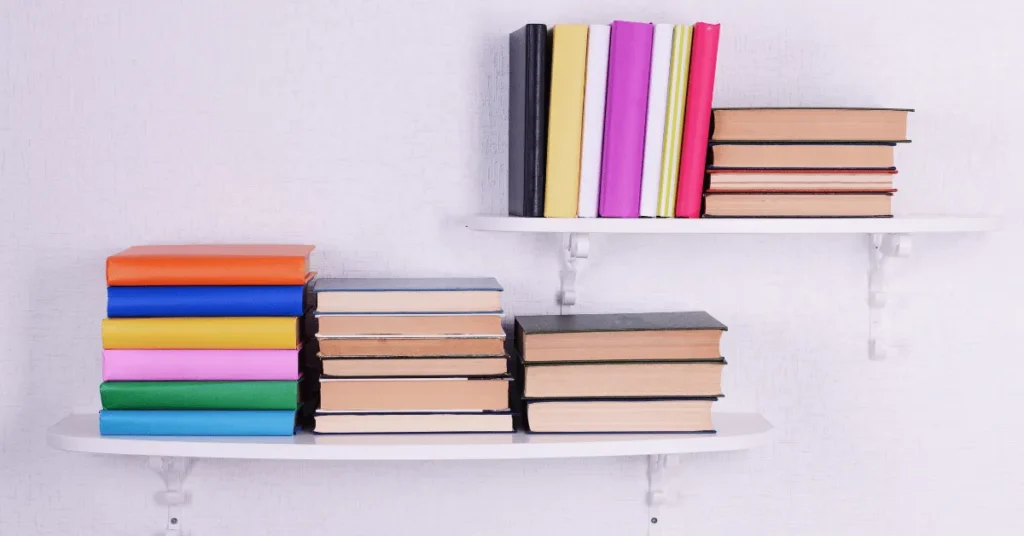
2. Use Decorative Baskets or Bins
If you prefer a more casual and cozy look, consider using decorative baskets or bins to store your books.
These can be placed on the floor, on a table, or even on top of a cabinet. Sort your books into different baskets based on their genre or size, making it easy to find the book you’re looking for.

3. Create a Stacked Book Display
A stacked book display is a unique and artistic way to organize your books. Simply stack your books in various heights and arrangements to create an eye-catching display.
This method works particularly well for coffee tables, nightstands, or any flat surface where you want to showcase your favorite books.

4. Build Your Own Book Nook
If you’re feeling handy, why not build your own book nook? You can repurpose old furniture, such as a ladder or wooden crates, to create a unique and personalized storage solution.
Paint or stain the furniture to match your decor and arrange your books in a way that reflects your personal style.
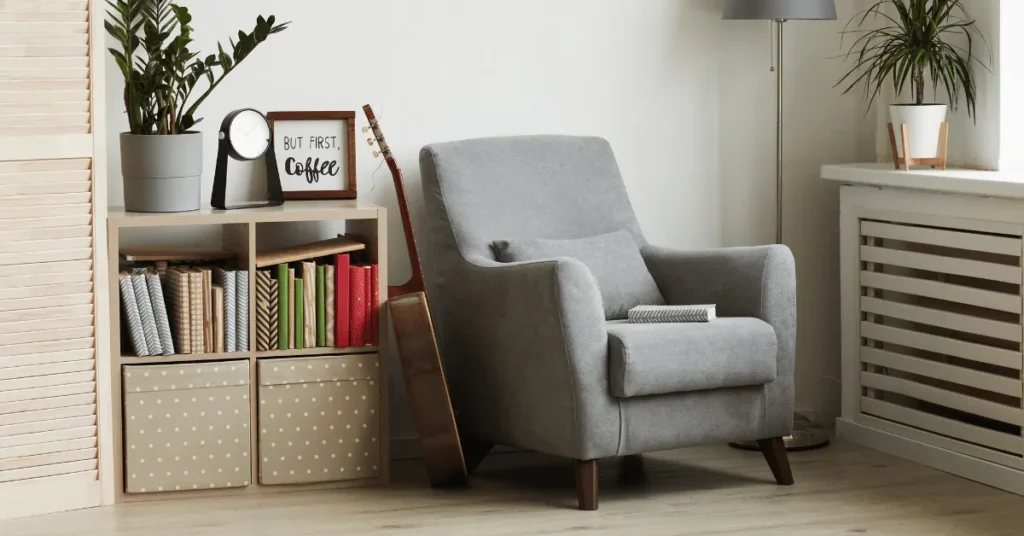
5. Use Tension Rods and Fabric
Tension rods and fabric can be used to create a makeshift bookshelf. Simply place the tension rods between two walls and drape fabric over them to create a shelf-like space.
Arrange your books on the fabric, making sure to secure them in place with bookends or decorative objects.
6. Display Books on Picture Ledges
Picture ledges are a popular alternative to traditional bookshelves. These narrow shelves can be easily mounted on the wall, allowing you to display your books in a visually appealing way.
Mix in some decorative objects or framed photos to add a personal touch to your book display.
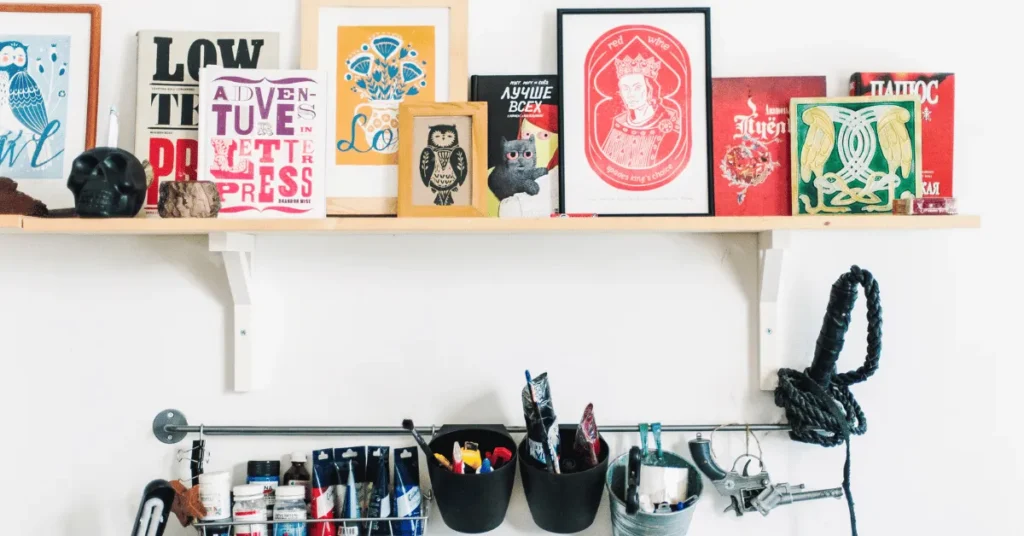
7. Create a Book Tower
If you have limited floor space, a book tower can be a great solution. Stack your books vertically, starting with the largest books at the bottom and gradually decreasing in size as you move up.
This not only maximizes space but also creates an interesting visual element in your room.

8. Utilize Unused Spaces
Look for unused spaces in your home that can be transformed into book storage. This could be the space under a staircase, a narrow hallway, or even the area above your kitchen cabinets.
Get creative and think outside the box to find unique and unconventional spaces for your books.
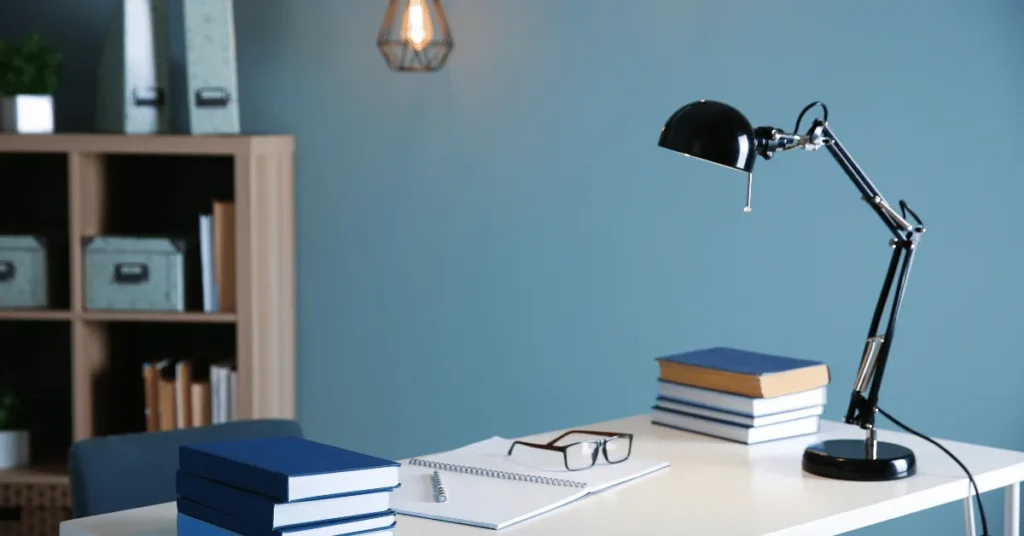
Remember, organizing your books without a bookshelf doesn’t mean sacrificing style or functionality.
With a little creativity and some innovative storage solutions, you can create a beautiful and organized book collection that reflects your personal taste.
So, go ahead and try out these alternative methods of organizing your books. You’ll be amazed at how these creative solutions can transform your space and make your book collection a focal point in your home.
More: How to Fit More Books on a Bookshelf? (Is It Possible? YES/NO)
What are the challenges that you might face while organizing your books without a bookshelf?
Organizing your books without a bookshelf can be a bit of a challenge, but fear not! With a little creativity and resourcefulness, you can still keep your books neat and tidy.
Let’s explore some of the challenges you might face and how to overcome them.
Lack of Space
One of the main challenges of organizing books without a bookshelf is the lack of space. Without a designated storage unit, finding a suitable place for your books can be tricky.
However, you can make use of other furniture pieces like side tables, cabinets, or even floating shelves to create makeshift book storage.
Keeping Books Upright
Another challenge is keeping your books upright without the support of a bookshelf. When books are stacked horizontally, they tend to become disorganized and difficult to locate.
To solve this problem, consider using bookends or repurposing sturdy objects like decorative baskets or wooden crates to hold your books in an upright position.
Protecting Books from Damage
Without a bookshelf, your books may be more susceptible to damage from dust, moisture, or accidental spills.
To protect your books, consider investing in plastic book covers or storing them in sealed plastic containers.
Additionally, regular dusting and keeping them away from direct sunlight can help preserve their condition.

Organizing by Genre or Size
Organizing your books without a bookshelf can make it challenging to find specific titles or genres.
To overcome this, sort your books by genre or size and use labels or sticky notes to indicate the category.
This way, you can easily locate the book you’re looking for, even without a traditional bookshelf.
While organizing books without a bookshelf may present its challenges, it also allows for a unique and personalized display.
Get creative with your storage solutions and enjoy the process of organizing your beloved books!
More: How to Organize Bookshelves by Genre? (The BEST Way)
How to face those challenges that you will face while organizing your books without a bookshelf?
Organizing your books without a bookshelf can be a daunting task, but it is not impossible.
There are many creative and practical ways to store and display your books in any space. Here are some tips to help you face the challenges of book organization:
Sort your books by size, genre, color, or any other criteria that makes sense to you. This will help you find the best place for each book and create a visually appealing arrangement.
Use baskets, crates, boxes, or other containers to store your books. You can stack them, line them up, or place them in corners. You can also label them or decorate them to suit your style.
Utilize wall space by installing shelves, hooks, or pegboards. You can hang your books from the wall or create a floating bookshelf with some brackets and boards. You can also use the space above doors or windows for extra storage.
Repurpose furniture or objects that you already have or can find cheaply. You can use a ladder, a stool, a chair, a bench, or a table as a makeshift bookshelf. You can also use an old suitcase, a trunk, a drawer, or a cabinet to store your books.

Be creative and have fun with your book organization. You can make a book tower, a book pyramid, a book spiral, or any other shape that you like. You can also mix and match different methods and styles to create a unique and personal display.
Organizing your books without a bookshelf can be challenging, but it can also be rewarding and enjoyable.
With some imagination and resourcefulness, you can turn your books into a beautiful and functional part of your home.
More: How to Decorate Bookshelves Without Books? (16 Tips + Images)
What are the benefits of organizing your books without a bookshelf?
Organizing your books without a bookshelf may initially seem unconventional, but it can actually offer several unique benefits.
Whether you’re a minimalist, have limited space, or simply enjoy a more creative approach to displaying your books, here are some advantages to consider:
1. Flexibility and Mobility
Without a bookshelf, you have the freedom to rearrange your books as often as you like.
You can easily switch up the order, group them by genre, or organize them based on your current reading preferences. This flexibility allows you to create a personalized and ever-changing book display.
2. Space Optimization
Bookshelves can take up a significant amount of space, especially in smaller living areas. By organizing your books without a bookshelf, you can maximize your available space.
Utilize wall-mounted shelves, floating shelves, or even repurpose existing furniture to create a unique and space-saving book storage solution.

3. Aesthetic Appeal
Arranging your books without a bookshelf can add a touch of creativity and visual interest to your living space.
You can create unique displays by stacking books on a side table, arranging them in a pyramid shape, or even using them as decorative accents on shelves or mantels.
This unconventional approach can become a conversation starter and showcase your personal style.
4. Easy Accessibility
When your books are not confined to a bookshelf, they become more accessible. You can keep your current reads within arm’s reach, place them strategically throughout your home, or even carry them with you on-the-go.
This accessibility allows you to effortlessly grab a book whenever you have a spare moment to indulge in some reading.
5. Cost-Effective Solution
Lastly, organizing your books without a bookshelf can be a cost-effective option. Instead of investing in a traditional bookshelf, you can repurpose existing furniture or find affordable alternatives.
This approach not only saves you money but also encourages resourcefulness and creativity.
So, if you’re looking for a more flexible, space-saving, visually appealing, and cost-effective way to organize your books, consider thinking outside the bookshelf.
Embrace creativity and make your book collection a unique reflection of your personal style.

More: How to Hide Books on Bookshelf? (Why & How are Answered)
What are the disadvantages of organizing your books without a bookshelf?
Organizing your books without a bookshelf may seem like a convenient and cost-effective solution, but it comes with its fair share of disadvantages.
While it may work for some, there are a few drawbacks to consider before opting for this alternative method of book storage.
1. Lack of Proper Organization
Without a bookshelf, it can be challenging to maintain a neat and organized collection of books.
They may end up scattered around the house, making it difficult to find a specific title when you need it. This lack of organization can be frustrating and time-consuming.
2. Increased Risk of Damage
Storing books without a bookshelf exposes them to a higher risk of damage. Books can get bent, torn, or stained if not stored properly.
They are also more susceptible to dust, moisture, and pests, which can deteriorate their condition over time.
3. Limited Space Efficiency
Without a bookshelf, it becomes challenging to maximize your available space efficiently.
Books stacked on tables, floors, or other surfaces take up valuable space that could be used for other purposes. This lack of space efficiency can make your living area feel cluttered and disorganized.
4. Difficulty in Displaying and Showcasing
A bookshelf not only provides storage but also serves as a display and showcase for your collection.
Without one, it becomes challenging to showcase your books in an aesthetically pleasing way.
This can be a disadvantage if you take pride in your collection and enjoy sharing it with others.

5. Inconvenience During Moves
If you frequently move or relocate, organizing your books without a bookshelf can be quite inconvenient.
Books packed in boxes or bags without proper support are more prone to damage during transportation. It can also be time-consuming to pack and unpack them without a designated storage solution.
While organizing your books without a bookshelf may work for some, it is important to consider the drawbacks mentioned above. Investing in a bookshelf can provide a more organized,
protected, and visually appealing way to store and display your beloved book collection.
Final thoughts – How to Organize Your Books Without a Bookshelf?
Organizing books without a bookshelf is an unexpected path, but one overflowing with creative possibilities. It’s a journey that challenges us to break free from convention, embrace our individual style, and redefine what a book haven can be.
Sure, there are hurdles – dust monsters to tame, precarious stacks to secure, and the struggle for accessibility. But these are mere detours on a path paved with endless inspiration.
We can craft our own literary landscapes, weaving stories with repurposed furniture, sculpting reading nooks from forgotten corners, and turning every surface into a canvas for our beloved tomes.
In this bookshelf-free world, our books become active participants, not passive observers. They spill from baskets, peek from trunks, and stand like sentinels on ledges, each spine a brushstroke painting a unique portrait of our literary tastes.
Every nook becomes a treasure chest waiting to be unearthed, every rearrangement a chance to rediscover a forgotten gem.
So, go forth, fellow book adventurer, and let your literary landscapes bloom beyond the boundaries of the bookshelf.

FAQs
Invest in dust covers, regularly clean with a feather duster, or store books in closed containers like boxes or trunks. Consider placing bookshelves or open storage areas away from dust-generating sources like windows or vents.
Choose stable storage solutions that can handle the weight of your books. Avoid placing them in direct sunlight or humid areas. Use bookends for tall stacks and consider protective measures like dust covers or acid-free paper to prevent scratches and tears.
Absolutely! Utilize vertical space with hanging shelves, pockets, or even artwork that incorporates book storage. Repurpose furniture like ottomans or benches with storage compartments. Stack books strategically in corners or under windows. Embrace floor storage with cushions and book stacks for a cozy reading nook.
Get creative! Create mini-libraries by grouping books by genre, author, or color. Use decorative trays or risers to elevate different sections of a stack. Display interesting spines face-out or create curated vignettes with books alongside other decorative objects. Experiment with lighting to highlight your favorites.
Begin by decluttering your collection. Donate or sell unread books to create manageable piles. Categorize your remaining books into themes or reading status. Then, explore different storage solutions that fit your space and style, remembering to prioritize accessibility and protection. Most importantly, have fun and embrace the process of building your unique book haven!






